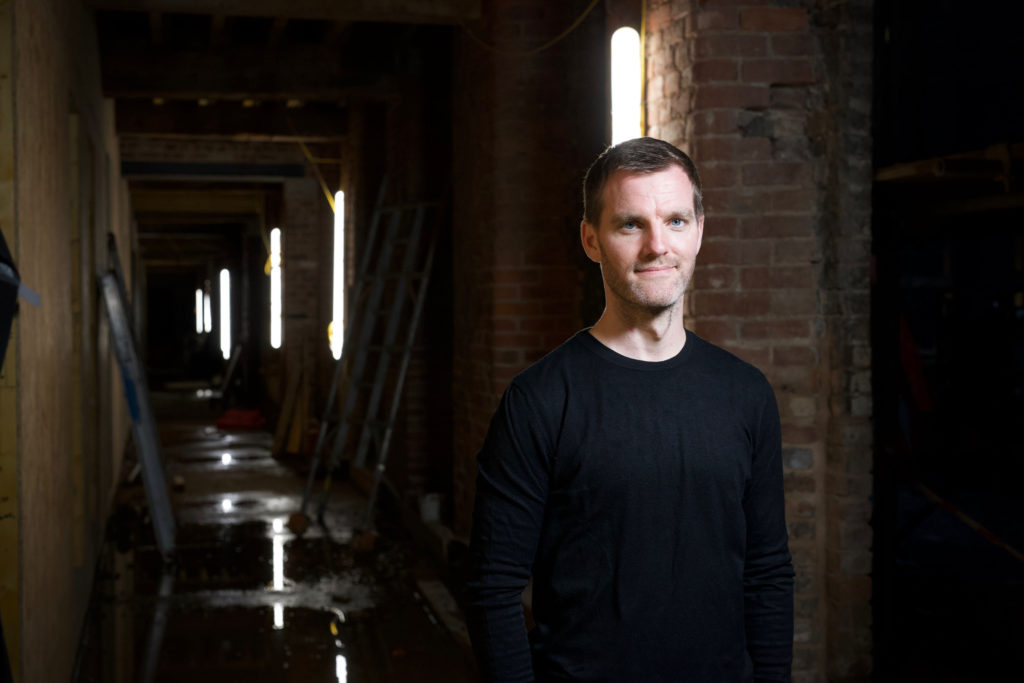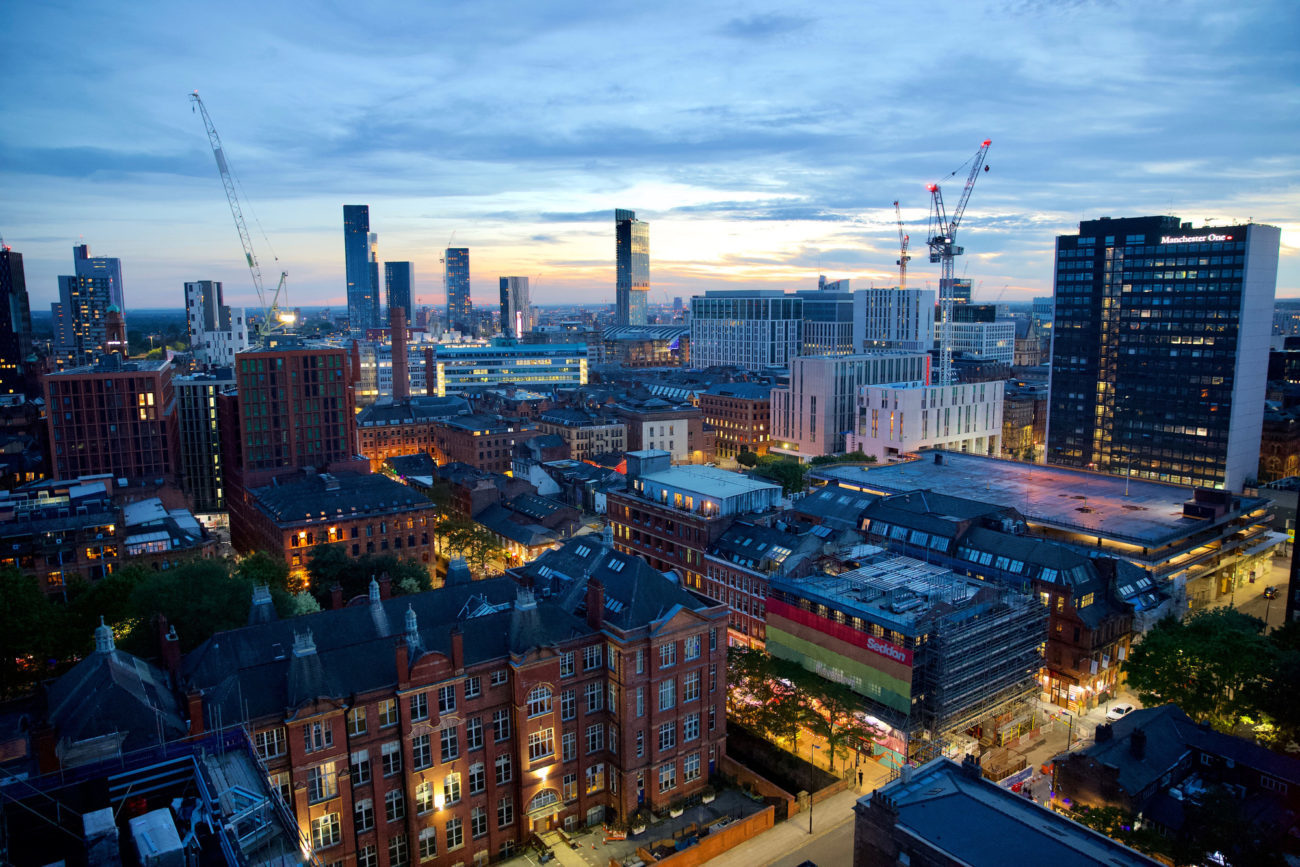Blog: Nick Mattingly
The series director of Manctopia on the extraordinary changes in housing and property in the city over the last 20 years
Looking out towards Manchester from my home in Stretford a couple of years ago, a silvery tower started to appear through the trees. When I arrived in Manchester 20 years ago, no one lived in the city centre. Now a 45-storey tower block was emerging. What had changed?
The idea for the BBC documentary series that became Manctopia wasn’t mine, but when Minnow Films, the production company, called me to ask if I’d be interested in directing it, it made perfect sense to make a programme about the boom. The city has undergone the most extraordinary transformation over the past five years, and it wasn’t clear why this should be or what the effects this building boom was having on the people who live in the city. Mayor Andy Burnham had made rough sleeping a focus for the city, but I hadn’t really thought about the links between homelessness and the new sparkly tower blocks that were popping up on the horizon.
Homeless charity Lifeshare was told it had to move out, partly because new residential blocks were planned next door
The idea was to examine what is happening in the city by following a range of people and organisations with different perspectives on the rapid changes. We started off with the charity Lifeshare, which has been supporting the homeless from its base in Dantzic Street for over 20 years but was told it had to move out, partly because new residential blocks were planned next door.
Judith Vickers, who helps run the charity, let us follow her as she looked for alternative places to run her weekend breakfast services. She needed somewhere cheap and clean that wasn’t too near to anywhere residential. She couldn’t find anywhere in the city centre. All the places she looked at were too expensive or too close to new residential development. In the end she had to move out to Old Trafford.
Her new home is a lovely, clean, spacious community centre, but it’s at least a 45-minute walk for most of her old clients. And numbers are down – not because there are fewer people who need to access her service, but because she’s just too far away. The boom in the city had indirectly pushed a charity like Lifeshare out of the city.
Vickers’s path crossed with another person we’d decided to follow: property developer Tim Heatley. His company, Capital and Centric, has more than 1,000 apartments under construction in the city. We really wanted to hear from a developer’s perspective, and Heatley was happy to talk, probably because he’s been able to position his company as building for owner-occupiers rather than fuelling the booming buy-to-rent market that dominates the city.
Wheatley talks about building communities rather than investment opportunities and his company has gone out of its way to support initiatives around homelessness. He’s chair of the mayor’s charity and has helped fund the Embassy Bus, which provides temporary accommodation in an old tour bus. He recognises that this is all good PR, but also stresses the social responsibility he believes developers have to the city they live and work in.

But like everyone else we filmed, one thing Heatley struggles with is affordable housing. He says he’d love to build affordable homes – and there are 97,000 people in Greater Manchester who are on housing waiting lists – but he says in the city centre, it doesn’t make financial sense. Land prices are high and the money is in one- and two-bedroom apartments, not homes for people on lower incomes. If affordable housing and provision for the homeless are to be created, it seems unlikely we’ll be seeing it when we walk around town.
Manctopia: Billion Pound Property Boom, Tuesday 18 August, 9pm, BBC Two
